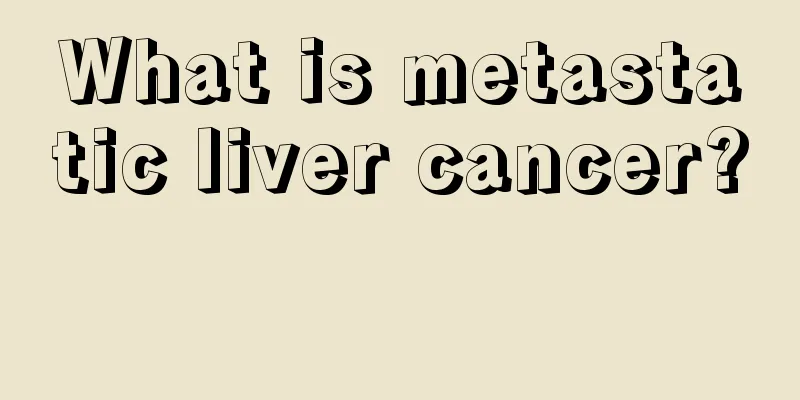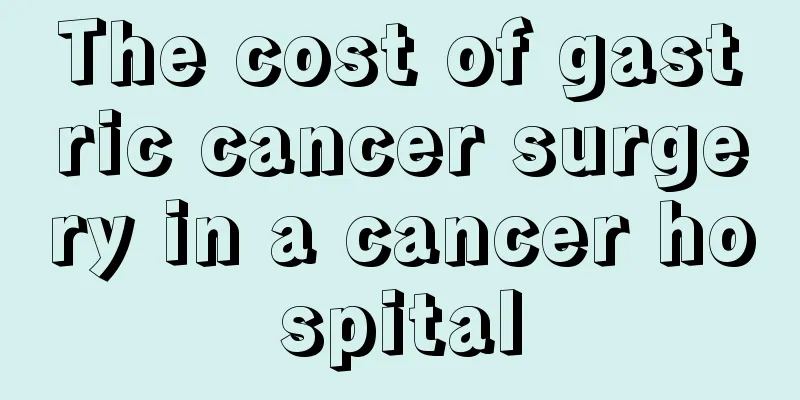Hip bone pain

|
A person's body is made up of a skeleton, and every part of the body is supported by bones. Pain in the hip bones may be caused by external impact. The pain caused by this situation will not last too long and will slowly recover on its own. However, if the hip pain is caused by other reasons, you may need to go to the hospital for a check-up to avoid serious illness being ignored. So what causes hip bone pain? Early symptoms include pain in the affected buttocks, groin or waist, pulling pain in the knee joint, chills, weakness, soreness and numbness in the lower limbs. These symptoms do not necessarily appear at the same time, and only one or two symptoms may appear. These symptoms may persist or disappear within a short period of time. At this time, a CT scan or MRI examination in the hospital can make a diagnosis. If only X-rays are taken, it is not easy to make a diagnosis because only the rough surface of the femoral head and a small amount of small cystic changes in the head are shown in the early stage. However, due to the increased pressure within the femoral head, the patient's pain is more obvious and is often misdiagnosed as lumbar spondylosis, arthritis, sciatica, etc. Therefore, medical workers and patients need to have knowledge of the prevention and treatment of femoral head necrosis, and do not miss the opportunity for early diagnosis and early treatment. In the middle stage of femoral head necrosis, the main symptoms include lameness, pain when walking, abduction and adduction of the hip joint, and functional disorders. When taking X-rays, partial disappearance of trabeculae, cystic changes, formation of sclerotic bone, and fracture and collapse of the femoral head cartilage can be seen. In the late stage of femoral head necrosis, the patient has more severe limping, difficulty walking, pain, obvious atrophy of the lower limb muscles, lower limb weakness, chills, difficulty squatting, and difficulty abduction and adduction. At this time, X-rays will show that the femoral head is flat, the joint space is narrow or disappeared, there are obvious cystic changes, a large area of sclerotic bone, complete rupture of the femoral head cartilage, and uneven joint surface. This is the late stage of femoral head necrosis. TCM treatment of femoral head Femoral head necrosis is very similar to frozen shoulder. Both are caused by the drying up of lubricating fluid in the joints, and are caused by wind-cold, rheumatism or trauma. If more than two people perform massage, acupuncture, cupping, and oral medication to dispel cold, activate blood circulation and strengthen bones, the effect will definitely be seen in a week. |
<<: Headache and high blood pressure
>>: The cold wind gives me a headache
Recommend
How to care for the wound after uterine fibroid surgery
My mother and I have had uterine fibroids for sev...
I keep getting ulcers in my mouth
Basically everyone has experienced oral ulcers to...
What medicine to take for nasal lymphoma
What medicine should I take for nasal lymphoma? F...
What is kidney cancer?
Kidney cancer is a disease caused by malignant tu...
What are the symptoms of chronic keratitis?
The two more common types of keratitis are acute ...
Long-term smoking can increase the incidence of laryngeal cancer
Smoking and laryngeal cancer are closely related....
Best tumor markers for ovarian cancer diagnosis
Currently, there are two methods for detecting CE...
Why is there dandruff on the head
Dandruff is actually very common in the human bod...
Why does my tongue hurt? What should I do if my tongue hurts?
There are many reasons for tongue pain. For examp...
Can proteinuria in children be cured?
When children have kidney disease, they are prone...
How is formaldehyde produced
Formaldehyde is a substance that many people are ...
How is color Doppler ultrasound performed
Color ultrasound is a very common examination met...
What are the symptoms of ovarian cancer
As the body develops, there will always be proble...
What will happen if you drink tea after getting rabies vaccine
If you are accidentally bitten by a dog or scratc...
Is creatinine 120 serious?
For patients with abnormal renal function, they n...









